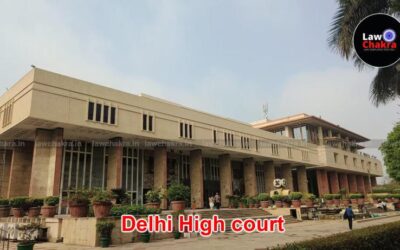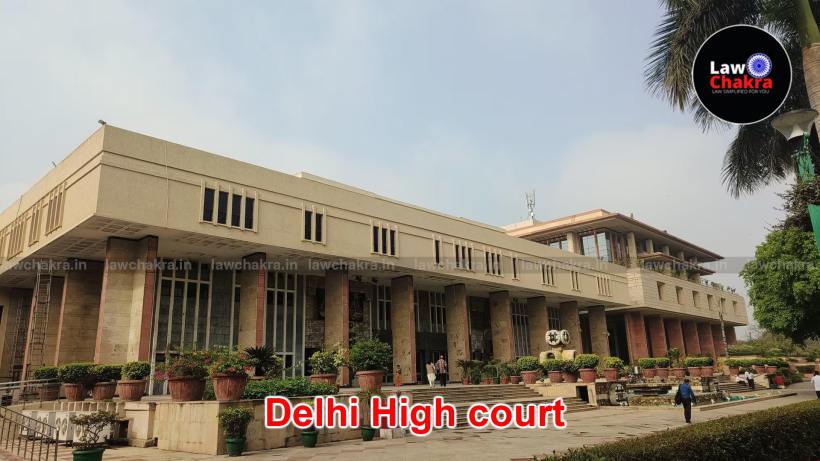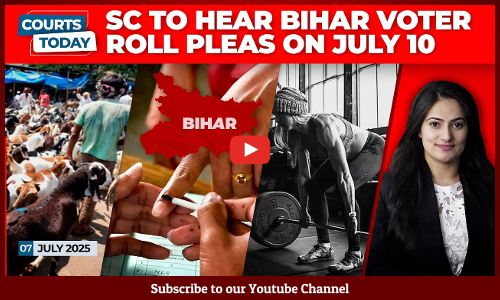Implement Cashless Scheme For Accident Victims In Its True Letter & Spirit

Today, On 13th May, The Supreme Court urged the Centre to implement the cashless scheme for accident victims in its true spirit, as the Centre informed the court about framing the scheme, which came into effect on May 5.
New Delhi: The Supreme Court instructed the Centre to implement the cashless treatment scheme for road accident victims “in true letter and spirit,” allowing a maximum coverage of Rs.1.5 lakh per accident per individual.
A bench of Justices Abhay S. Oka and Ujjal Bhuyan ordered the Centre to submit an affidavit by the end of August 2025, detailing the implementation of the scheme, including the number of beneficiaries who have received cashless treatment.
The bench stated,
“We direct the central government to ensure that the scheme is implemented in its true letter and spirit,”
The Centre informed the Supreme Court about the establishment of the cashless treatment scheme, which took effect on May 5.
According to a gazette notification from the Ministry of Road Transport and Highways,
“Any person being a victim of a road accident arising out of the use of a motor vehicle, occurring on any road, shall be entitled to cashless treatment in accordance with the provisions of this scheme.”
The Supreme Court, On April 28, criticized the Centre for its delay in creating a cashless scheme for treating motor accident victims, noting that despite its January 8 order, the Centre neither complied with the directive nor requested an extension.
The Court remarked that although Section 164A of the Motor Vehicles Act was enforced on April 1, 2022, for a three-year period, the Centre failed to implement it by framing a scheme for interim relief to claimants.
The bench questioned,
“You are in contempt. You have not bothered to seek an extension of time. What is this going on? You tell us when will you frame the scheme? You don’t care for your own statutes. This is one of the welfare provisions. Three years (since) this provision has come into place. Are you really working for the welfare of the common man?”
The Supreme Court further criticized the authorities for their “casual attitude”, highlighting the contradiction between highway construction and fatalities resulting from inadequate services, such as golden hour treatment.
The golden hour, as defined in Section 2 (12-A) of the Motor Vehicles Act, 1988, refers to the critical one-hour period following a traumatic injury during which timely medical intervention can significantly reduce the risk of death.
On January 8, the Supreme Court instructed the Centre to design a scheme for cashless medical treatment for motor accident victims within this golden hour, as mandated by law.
The bench cited Section 162(2) of the Act and directed the government to present the scheme by March 14, emphasizing that it could save many lives through prompt medical attention for accident victims. It stressed the necessity of immediate medical care during this crucial period and noted that delays caused by financial or procedural obstacles often result in fatalities.
The Court also reiterated the Centre’s statutory duty to establish the scheme, as it “sought to uphold and protect the right to life guaranteed by Article 21 of the Constitution.”
The law mandates that insurance companies engaged in general insurance in India provide treatment for road accident victims, including during the golden hour, in accordance with the scheme established under the MV Act. Despite this provision being in effect since April 1, 2022, the government had yet to implement the scheme, leading to the Court’s intervention.
The Centre submitted a draft concept note detailing the proposed scheme, which included a maximum treatment cost of Rs.1.5 lakh and coverage for a duration of seven days.
However, the petitioner’s counsel criticized these limitations, arguing that they did not adequately address the need for comprehensive care.
It was also noted that the General Insurance Corporation (GIC) was assigned the responsibility of managing hit-and-run compensation claims and creating a portal to streamline the process.
This portal is intended for uploading necessary documents, notifying states of any deficiencies, and minimizing delays in claim processing.
The Supreme Court observed that as of July 31, 2024, there were 921 pending claims under the hit-and-run compensation scheme due to document deficiencies and directed the GIC to collaborate with claimants to resolve the issue.
FOLLOW US FOR MORE LEGAL UPDATES ON YOUTUBE






